Praise for Everyone Leads
St. Paul said that by baptism, all are given to drink of the same Spirit. However, the Catholic community is still learning how to engage the gifts of all its people as potential leaders in the mission of the church to the world. Combining a rich background in leadership with his own deep Catholic faith, Chris Lowney offers a clarion call and a way forward to create faith communities where everyone leads. This will be an invaluable contribution to forging a church for the twenty-first century.
Thomas Groome, Boston College; director of The Church in the 21st Century Center
Chris Lowney has applied his extensive business background and made an important contribution to the ongoing discussions about the future of the Catholic church, not just in the United States, but worldwide. He not only accurately describes the current crisis that the church faces, but his EASTeR solution is both workable and consistent with church teachings and values. But this book goes beyond merely presenting solutions; it also discusses the nitty-gritty of implementing them. Anyone looking for practical approaches to resolving the churchs ills would do well to begin with this book.
Charles Zech, Center for Church Management and Business Ethics, Villanova University
Chris Lowney has combined his incredible love of the Church with his demonstrated management competence to help the entire Church not bemoan our challenges but combine our gifts with Gods grace and be about building the kingdom. With integrity he names the problems and the opportunities and responsibilities each of us has to rediscover and reveal the splendor of our Church. The urgency of this is well described but so is the joy this journey can be.
Carol Keehan, president and CEO, Catholic Health Association
In Everyone Leads , Chris Lowney provides an excellent diagnosis of the complex challenges facing the Catholic Church in the United States and globally. More importantly, he shares a holistic strategy that every baptized Catholic can act on today to help the Church flourish, grow, and lead more people to Jesus. This book is a wonderful response to Pope Franciss invitation to all Catholics to be bold and creative in this task of rethinking the goals, structures, style and methods of outreach by the Church.
Timothy C. Flanagan, founder and chair, Catholic Leadership Institute
With great respect for both Catholic beliefs and the hierarchy, Chris Lowneya management expert and deeply committed Catholicchallenges clergy and laity to enliven the Church by living with the dedication Jesus expects of His disciples. This book is especially fresh because Lowney uses the language of leadership theory, not theology, to help his readers reinvigorate the institutional Church.
Michael Sheeran, SJ, president, Association of Jesuit Colleges and Universities
Everyone Leads is a profoundly inspiring gift to every person who recognizes the potential of the Catholic Church and the urgency to bring that potential to fruition. Chris Lowney elegantly blends analysis and spiritual reflection and delivers a blueprint for achieving a culture of accountability and entrepreneurial acumen in the Church. An invitation to co-responsibility for the Churchs life and being, this is a prophetic contribution of great consequence.
Kerry Alys Robinson, founding executive director and global ambassador, Leadership Roundtable
Everyone Leads
How to Revitalize the Catholic Church
Chris Lowney
Rowman & Littlefield
Lanham Boulder New York London
Published by Rowman & Littlefield
A wholly owned subsidiary of The Rowman & Littlefield Publishing Group, Inc.
4501 Forbes Boulevard, Suite 200, Lanham, Maryland 20706
www.rowman.com
Unit A, Whitacre Mews, 26-34 Stannary Street, London SE11 4AB, United Kingdom
Distributed by NATIONAL BOOK NETWORK
Copyright 2017 by Chris Lowney
All rights reserved. No part of this book may be reproduced in any form or by any electronic or mechanical means, including information storage and retrieval systems, without written permission from the publisher, except by a reviewer who may quote passages in a review.
British Library Cataloguing in Publication Information Available
Library of Congress Cataloging-in-Publication Data Available
ISBN 978-1-4422-6208-9 (cloth : alk. paper)
ISBN 978-1-4422-6209-6 (electronic)
 The paper used in this publication meets the minimum requirements of American National Standard for Information SciencesPermanence of Paper for Printed Library Materials, ANSI/NISO Z39.48-1992.
The paper used in this publication meets the minimum requirements of American National Standard for Information SciencesPermanence of Paper for Printed Library Materials, ANSI/NISO Z39.48-1992.
For the women and men who taught and guided me in grammar school, high school, university, and seminary. Thanks for what you gave so generously.
Chapter Two
Our Worst Crisis in Five Centuries?
Only a fool would claim insight into the global churchs challenges after visiting one parish. After all, every Catholic parish, school, hospital, and social service center tells its own consoling story of nourishing faith, serving the vulnerable, or accompanying the anguished.
Well, call me a fool. Because even though I visited countless Catholic institutions in nearly a dozen countries while writing this book, one parish visit all but encapsulated our churchs crisis and promise.
That visit was to Blessed Sacrament parish, which anchors one end of a residential block in Queens, New York; the apartment building where I grew up anchors that blocks other end. For a few years, that little block was more or less my world, at least until my parents first allowed me to cross a street on my own.
A verse from Yeats leapt to mind during the five minutes it took to walk that block nearly fifty years after my early childhood: All has changed, changed utterly. Well, yes and no. Superficially, all the buildings look the same as when I entered Sr. Joan Maureens first grade class in 1964. And the elegant Art Deco church still stands nearby. It seats 600, which probably seemed quite capacious when constructed in 1949 but quickly became too small: an overflow Sunday Mass in the school auditorium accommodated those who couldnt squeeze into the churchs six or so Sunday Masses.
But the overflow Mass wasnt needed for long. We altar boys, perched up on the altar, could see pockets of empty seats growing larger with each passing year; one and then another Mass was dropped from the schedule; and, over time, there were fewer parish priests. With fewer priests to track, we quickly learned each ones idiosyncrasies, who raced through weekday Masses in fifteen minutes, for example, and who playfully flicked wet fingers at us after water was poured over the priests hands before the consecration.
The 7:00 a.m. weekday Mass had always been sparsely attended, save for our teachers, the Grey Nuns of the Sacred Heart, who floated (it seemed) through the church side door to fill the first two pews. But before long, there were fewer of them also; and we were startled at the start of one school year to see Sr. Rita Franciss flaming red hair as traditional habits gave way to modified ones.
But we werent startled for long. She was still Sr. Rita Francis, even when she wore regular clothes. Anyway, other changes seemed more important, like what new students had enrolled who might join touch football games that had long featured an Irish lineup of Mahers and Shanahans, until the advent of ethnic exoticism with Eddie Valdez in about third grade. Perhaps 10 percent of my classmates were Hispanic by the time we graduated in 1972; by my younger brothers graduation year, Hispanics may have comprised nearly half the class.
Still, some things seemed as if they would remain forever. Sr. Mary Patrick, the school principal since my second grade year, learned a smattering of Spanish and labored on for some thirty-five years, so much a neighborhood fixture that the street bordering the school building was rechristened Sr. Mary Patrick Way.
Next page



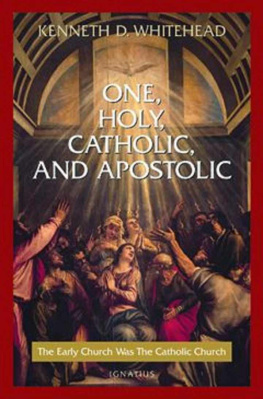
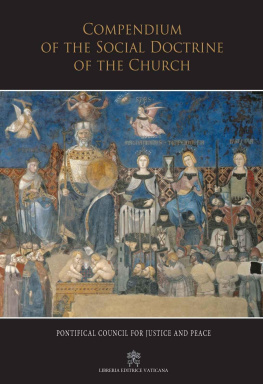
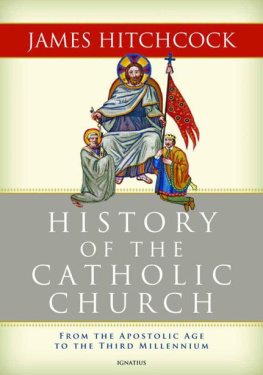
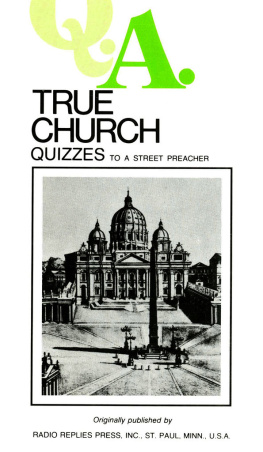
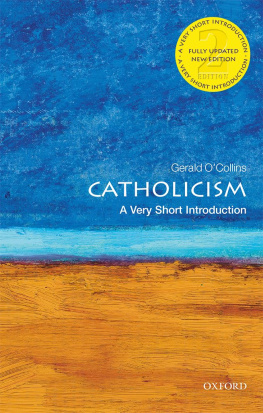

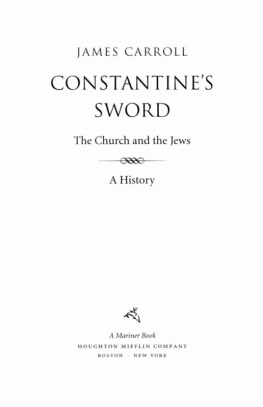
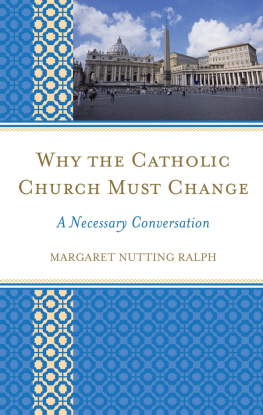
 The paper used in this publication meets the minimum requirements of American National Standard for Information SciencesPermanence of Paper for Printed Library Materials, ANSI/NISO Z39.48-1992.
The paper used in this publication meets the minimum requirements of American National Standard for Information SciencesPermanence of Paper for Printed Library Materials, ANSI/NISO Z39.48-1992.